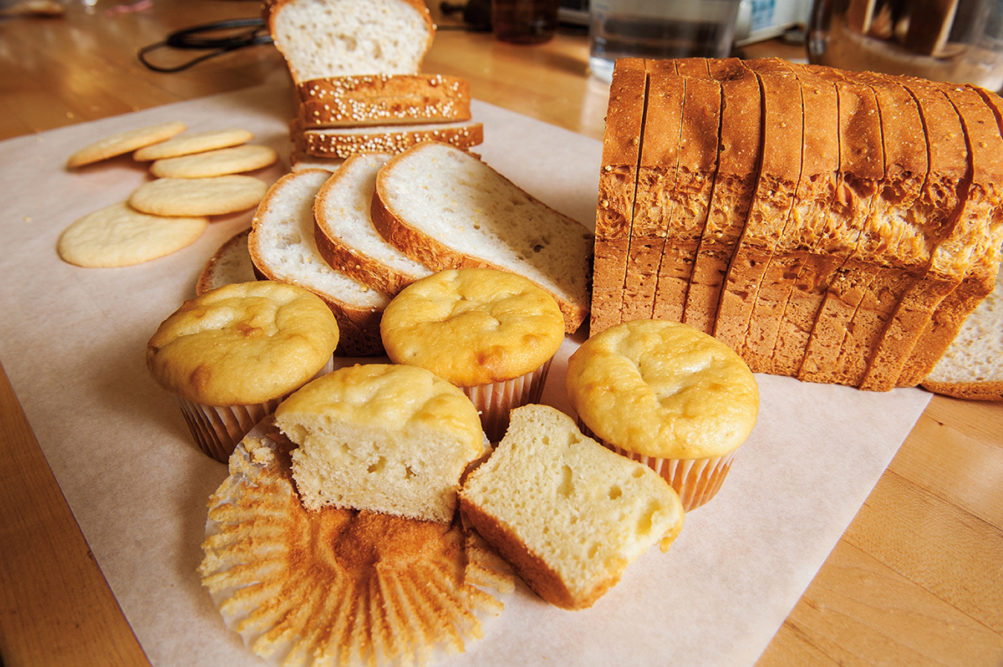Because of the critical role gluten plays in baked goods – providing structure, texture, water-holding and other attributes – the formulation of delicious and appealing gluten-free foods has not always been easy. But new ingredients and technologies and product improvements are helping bakers deliver even tastier gluten-free items. For example, chickpea flour can be used as a source of protein, dietary fiber and several different vitamins and minerals not found in whole-wheat fiber. Many alternative and ancient grains are also well suited to support the plant-based and gluten-free markets.
“Gluten-free formulations are always evolving as new ingredients become available such as the additions of pea protein and soluble corn fiber, which offer functional benefits,” said Aaron Reed, senior food technologist, Cargill. “These ingredients also offer brands an opportunity to improve the nutritional profiles of their gluten-free offerings.”
But the replacement of gluten is rarely a one ingredient answer; instead, it’s a combination of ingredients designed to complement each other to provide the necessary solution. In this role, Cargill chooses to take a holistic approach to gluten-free formulation, looking at what each ingredient can provide to benefit the overall product.
In the case of starches, different starches possess different textures. Based on the starches used, it’s possible to modify the texture of the finished product. For example, the use of modified tapioca and corn starches can help keep the texture of gluten-free baked goods soft. Tapioca starch is typically softer than corn starch. For a softer product, formulators might use higher rates of tapioca; for a firmer product, they might add more corn starch.
Gums like xanthan, guar or even carrageenan can help hold onto moisture and some hydrocolloids have gelling properties, which can assist with gas retention. Soy flour or pea protein can serve as a setting agent, assisting with shelf life by extending crumb softening over time and preventing starch retrogradation. With gluten-free products, starch retrogradation is always a concern, so including ingredients that can slow this process is often helpful.
Making room
With more consumers choosing self-imposed gluten-free diets and lifestyles and greater awareness of celiac disease and other gluten intolerances, Melissa Trimmer, certified executive pastry chef, culinary innovation operations and menu consultant, Dawn Foods Global, recommends the perimeter bakery dedicate a portion of its bakery case to better-for-you options like gluten free. This can help health-minded consumers feel good about their food choices and become more inclusive of those with allergen sensitivities. It can also help build connections with consumers who are gluten-free and vegan who are looking for ways to make purchases that are better for the planet.
Courtney LeDrew, senior marketing manager, Cargill, recommends brands bring forward gluten-free bakery items with improved sensory profiles – spanning both taste and texture – to serve as another avenue for growth. This ongoing synergy between form and function, along with a listening ear toward consumer wants and needs, can help manufacturers and producers help consumers meet their personal health values and preferences in delicious and convenient ways.
“Consumers are seeking solutions that match their personal health values and preferences,” said Matthew Schueller, director of marketing insights and analytics, Ardent Mills. “This can mean functional foods, foods that taste good but also do good, sustainability, modern craft, convenience and more.”

